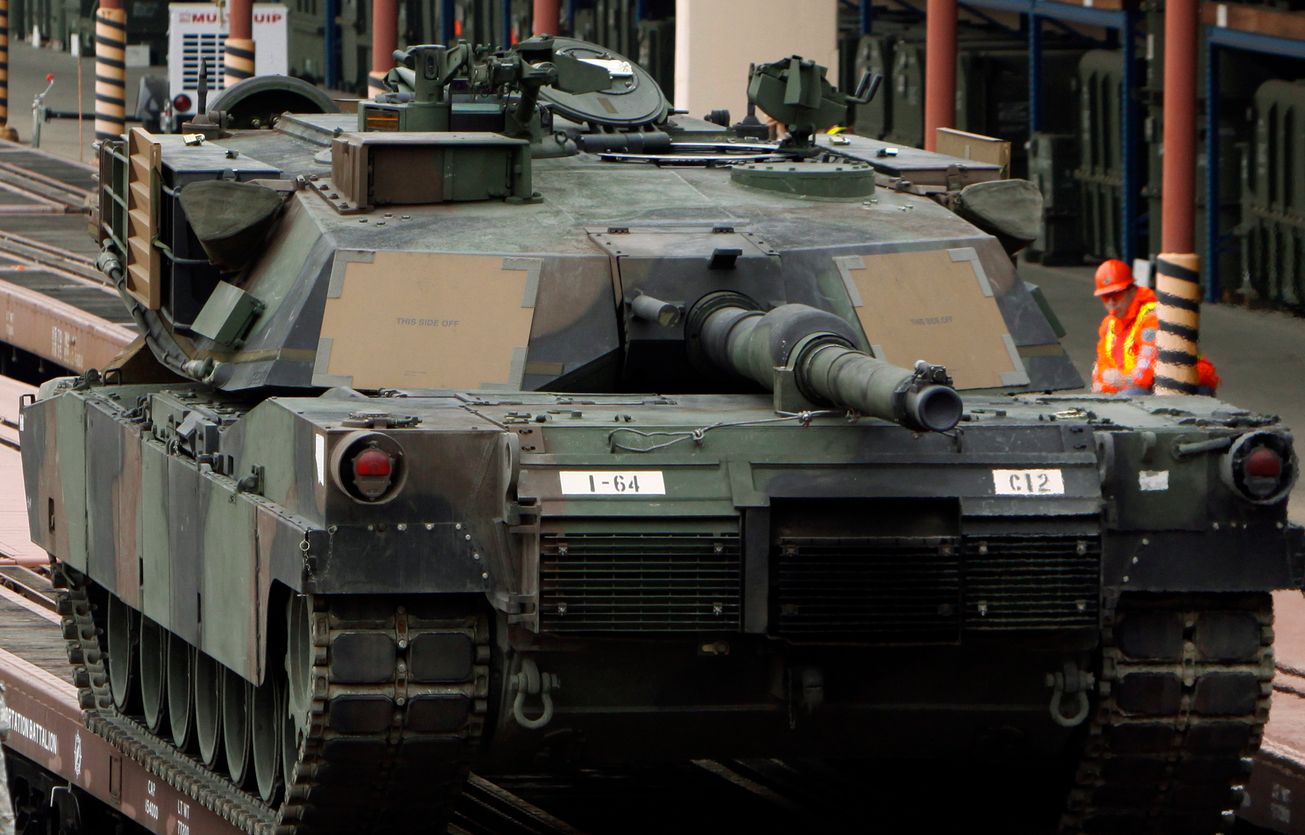How would it work?
(Washington, D.C.) The Army Research Laboratory is exploring new applications of AI designed to better enable forward operating robot “tanks” to acquire targets, discern and organize war-crucial information, surveil combat zones and even fire weapons when directed by a human.
“For the first time the Army will deploy manned tanks that are capable of controlling robotic vehicles able to adapt to the environment and act semi-independently. Manned vehicles will control a number of combat vehicles, not small ones but large ones. In the future we are going to be incorporating robotic systems that are larger, more like the size of a tanks,” Dr. Brandon Perelman, Scientist and Engineer, Army Research Laboratory, Combat Capabilities Development Command, Army Futures Command, told Warrior in an interview, Aberdeen Proving Ground, Md.
The concept is aligned with ongoing research into new generations of AI being engineered to not only gather and organize information for human decision makers but also advance networking between humans and machines. Drawing upon advanced algorithms, computer technology can organize, and disseminate otherwise dis-aggregated pools of data in seconds — or even milliseconds. AI-empowered sensors can bounce incoming images, video or data off a seemingly limitless existing database to assess comparisons, differences and perform near real-time analytics.
At the speed of the most advanced computer processing, various AI systems can simultaneously organize and share information, perform analyses and solve certain problems otherwise impossible for human address within any kind of comparable timeframe. At the same time, there are many key attributes, faculties and problem solving abilities unique to human cognition. The optimal approach is, according to Perelman, to simultaneously leverage the best of both.
“We will use the power of human intelligence and the speed of AI to get novel interactions,” Perelman added.
This blending, or synthesis of attributes between mind and machine is expected to evolve quickly in coming years, increasingly giving warzone commanders combat-sensitive information much faster and more efficiently. For instance, a forward operating robotic “wingman” vehicle could identify a target that might otherwise escape detection, and instantly analyze the data in relation to terrain, navigational details, previous missions in the area or a database of known threats.
“You have an AI system that is not better than a human but different than a human. It might be faster and it might be more efficient at processing certain kinds of data. It will deal with threats in concert with human teammates that are completely different than the way we do things today,” Perelman said.
With these goals in mind, the ARL is now working on mock up interfaces intended to go into the services’ emerging family of Next Generation Combat Vehicles. Smaller robots such as IED-clearing PackBots have been in existence for more than a decade; many of them have integrated software packages enabling various levels of “semi-autonomy,” able to increasingly perform a range of tasks without needing human intervention. Current ARL efforts now venture way beyond these advances to engineer much greater levels of autonomy and also engineer larger robots themselves… such as those the size of “tanks.”
Army Research Lab Mock Up of Next-Gen Combat Vehicle AI-Enabled System

